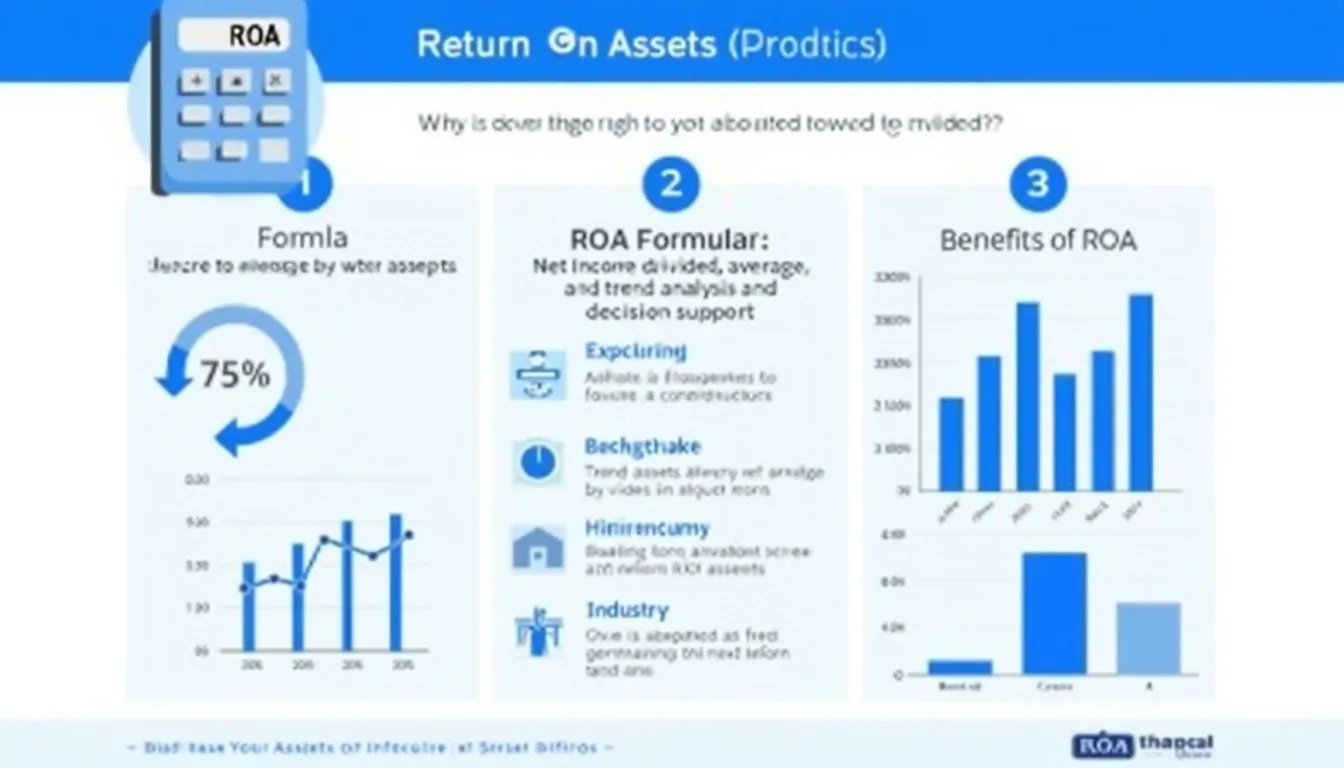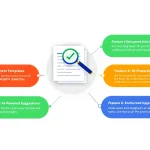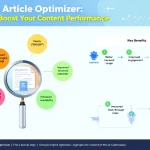Return on Assets (ROA) Calculator
Is this tool helpful?
Welcome to our comprehensive guide on the Return on Assets (ROA) Calculator. This powerful tool is designed to help businesses, investors, and financial analysts assess a company’s profitability relative to its total assets. In this article, we’ll explore how to use the calculator effectively, understand its importance, and leverage its insights for better financial decision-making.
How to Use the Return on Assets Calculator
Our user-friendly ROA Calculator is designed for simplicity and accuracy. Follow these steps to calculate your company’s Return on Assets:
- Enter the company’s Net Income in USD in the first input field.
- Input the Average Total Assets in USD in the second field.
- Click the “Calculate ROA” button to get your result.
- The calculator will display the ROA as a percentage.
The calculator uses the following formula to compute ROA:
$$ ROA = \frac{Net Income}{Average Total Assets} \times 100\% $$This formula provides a clear picture of how efficiently a company is using its assets to generate profits.
Understanding Return on Assets (ROA)
Return on Assets is a crucial financial ratio that measures a company’s profitability relative to its total assets. It indicates how efficiently a company is utilizing its assets to generate earnings. A higher ROA suggests that a company is more efficient at using its assets to create profits, while a lower ROA might indicate inefficiencies or poor asset management.
Components of ROA
- Net Income: This is the company’s total earnings or profit. It’s calculated by subtracting all expenses, including taxes and interest, from the total revenue.
- Average Total Assets: This represents the average value of a company’s assets over a specific period, typically a fiscal year. It’s calculated by adding the total assets at the beginning of the period to the total assets at the end of the period and dividing by two.
Benefits of Using the ROA Calculator
Our ROA Calculator offers numerous advantages for businesses and investors:
- Quick and Accurate Results: Get instant ROA calculations without the need for manual computations.
- Performance Benchmarking: Easily compare a company’s ROA against industry standards or competitors.
- Trend Analysis: Calculate ROA for multiple periods to track performance over time.
- Decision Support: Use ROA insights to make informed investment or management decisions.
- Resource Allocation: Identify areas where asset utilization can be improved.
- Investor Communication: Provide clear, quantitative data on company performance to stakeholders.
Addressing User Needs with the ROA Calculator
Our ROA Calculator is designed to address several key user needs and solve specific problems in financial analysis:
1. Simplifying Complex Calculations
Financial ratios can be intimidating, especially for those not well-versed in accounting. Our calculator eliminates the need for manual calculations, reducing the risk of errors and saving valuable time.
2. Providing Quick Insights
In the fast-paced world of business and investing, quick access to financial metrics is crucial. Our ROA Calculator delivers instant results, allowing users to make timely decisions based on up-to-date information.
3. Facilitating Comparative Analysis
By easily calculating ROA for different companies or time periods, users can perform comparative analyses. This is particularly useful for investors evaluating multiple investment opportunities or managers benchmarking against competitors.
4. Enhancing Financial Literacy
Our calculator not only provides results but also helps users understand the components of ROA. This educational aspect can improve financial literacy and decision-making skills.
5. Supporting Strategic Planning
For business managers, understanding ROA is crucial for strategic planning. Our calculator helps identify trends in asset efficiency, guiding decisions on resource allocation and investment strategies.
Practical Applications of the ROA Calculator
To illustrate the practical utility of our ROA Calculator, let’s explore some real-world examples and use cases:
Example 1: Comparing Two Companies in the Same Industry
Imagine you’re an investor comparing two retail companies:
- Company A: Net Income = $5 million, Average Total Assets = $50 million
- Company B: Net Income = $8 million, Average Total Assets = $100 million
Using our ROA Calculator:
- Company A’s ROA = (5 / 50) × 100% = 10%
- Company B’s ROA = (8 / 100) × 100% = 8%
Despite Company B having higher net income, Company A shows a better ROA, indicating more efficient use of assets.
Example 2: Tracking a Company’s Performance Over Time
Let’s say you’re analyzing a technology company’s performance over three years:
- Year 1: Net Income = $10 million, Average Total Assets = $100 million
- Year 2: Net Income = $12 million, Average Total Assets = $110 million
- Year 3: Net Income = $15 million, Average Total Assets = $125 million
Using our ROA Calculator for each year:
- Year 1 ROA = 10%
- Year 2 ROA = 10.91%
- Year 3 ROA = 12%
This analysis shows a steady improvement in the company’s asset utilization over time.
Example 3: Evaluating Different Divisions Within a Company
Consider a conglomerate with multiple divisions:
- Electronics Division: Net Income = $20 million, Average Total Assets = $150 million
- Automotive Division: Net Income = $30 million, Average Total Assets = $300 million
- Healthcare Division: Net Income = $15 million, Average Total Assets = $100 million
Using our ROA Calculator:
- Electronics Division ROA = 13.33%
- Automotive Division ROA = 10%
- Healthcare Division ROA = 15%
This analysis helps management identify which divisions are most efficiently using their assets and where improvements might be needed.
Interpreting ROA Results
While the ROA Calculator provides a straightforward percentage, interpreting this figure requires context:
- Industry Comparison: ROA can vary significantly across industries. Capital-intensive industries like utilities or manufacturing typically have lower ROAs compared to service-based or technology companies.
- Historical Trends: Look at a company’s ROA over time. A consistent or improving ROA is generally a positive sign.
- Benchmark Against Competitors: Compare a company’s ROA to its direct competitors for a more meaningful analysis.
- Consider Other Metrics: ROA should be used in conjunction with other financial ratios for a comprehensive analysis.
Limitations of ROA
While ROA is a valuable metric, it’s important to understand its limitations:
- Asset Valuation: ROA is based on book value of assets, which may not reflect current market values.
- Industry Differences: It’s not always appropriate to compare ROAs across different industries.
- Short-Term Focus: ROA might encourage short-term thinking at the expense of long-term investments.
- Ignores Liabilities: ROA doesn’t consider how assets are financed (debt vs. equity).
Frequently Asked Questions (FAQ)
1. What is a good Return on Assets ratio?
A “good” ROA varies by industry. Generally, an ROA of 5% or higher is considered good, but it’s best to compare against industry averages and competitors.
2. How often should I calculate ROA?
It’s common to calculate ROA annually, but quarterly calculations can provide more frequent insights into a company’s performance.
3. Can ROA be negative?
Yes, if a company reports a net loss instead of a net income, the ROA will be negative.
4. How does ROA differ from Return on Equity (ROE)?
While ROA measures profitability relative to total assets, ROE measures profitability relative to shareholders’ equity. ROE doesn’t consider the company’s debt.
5. Why might a company’s ROA decrease over time?
A decreasing ROA could be due to declining profitability, increasing assets without proportional increase in profits, or inefficient asset utilization.
6. How can a company improve its ROA?
A company can improve ROA by increasing net income (through higher sales or cost reduction) or by more efficiently using its assets (e.g., selling underutilized assets).
7. Is a higher ROA always better?
While a higher ROA is generally positive, extremely high ROAs might indicate underinvestment in assets, which could harm long-term growth.
8. Can ROA be used for all types of businesses?
ROA is most useful for asset-intensive businesses. For service-based companies with few tangible assets, other metrics might be more appropriate.
9. How does inflation affect ROA?
Inflation can distort ROA calculations, especially when comparing across long time periods, as older assets may be undervalued on the balance sheet.
10. Is ROA affected by a company’s debt?
Indirectly, yes. While ROA doesn’t explicitly consider debt, higher debt levels can impact net income through increased interest expenses.
Please note that while we strive for accuracy, we cannot guarantee that our webtool or the results from our webtool are always correct, complete, or reliable. Our content and tools might have mistakes, biases, or inconsistencies.
Conclusion: Harnessing the Power of ROA for Financial Success
The Return on Assets (ROA) Calculator is an invaluable tool for anyone involved in business finance, investment analysis, or corporate management. By providing quick, accurate calculations of this crucial financial metric, it empowers users to make informed decisions, benchmark performance, and identify areas for improvement in asset utilization.
Key benefits of using our ROA Calculator include:
- Instant, error-free calculations
- Easy performance tracking over time
- Simplified comparative analysis
- Support for strategic decision-making
- Enhanced understanding of asset efficiency
Remember, while ROA is a powerful metric, it should be used in conjunction with other financial ratios and contextual information for a comprehensive analysis. By regularly utilizing this calculator and understanding the insights it provides, you can gain a clearer picture of a company’s financial health and make more informed business and investment decisions.
We encourage you to bookmark this page and make our ROA Calculator a regular part of your financial analysis toolkit. Whether you’re an investor evaluating potential opportunities, a manager assessing your company’s performance, or a student learning about financial metrics, this tool will prove invaluable in your journey towards financial literacy and success.
Start using our Return on Assets Calculator today and take the first step towards more informed, data-driven financial decision-making!
Important Disclaimer
The calculations, results, and content provided by our tools are not guaranteed to be accurate, complete, or reliable. Users are responsible for verifying and interpreting the results. Our content and tools may contain errors, biases, or inconsistencies. We reserve the right to save inputs and outputs from our tools for the purposes of error debugging, bias identification, and performance improvement. External companies providing AI models used in our tools may also save and process data in accordance with their own policies. By using our tools, you consent to this data collection and processing. We reserve the right to limit the usage of our tools based on current usability factors. By using our tools, you acknowledge that you have read, understood, and agreed to this disclaimer. You accept the inherent risks and limitations associated with the use of our tools and services.







